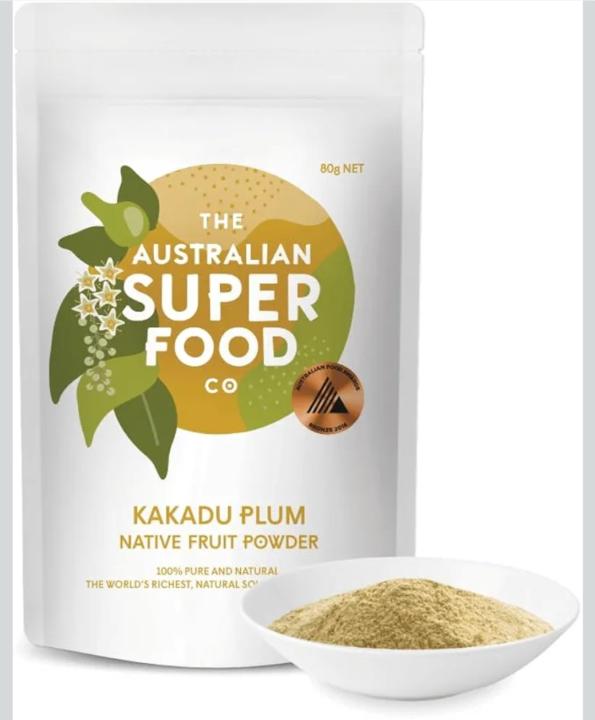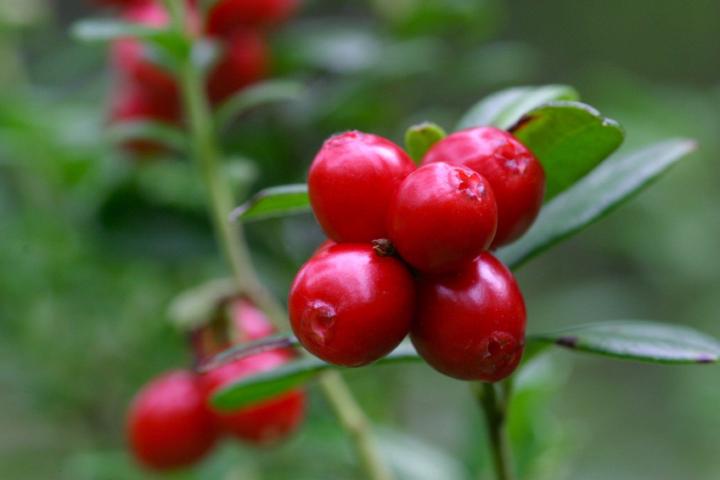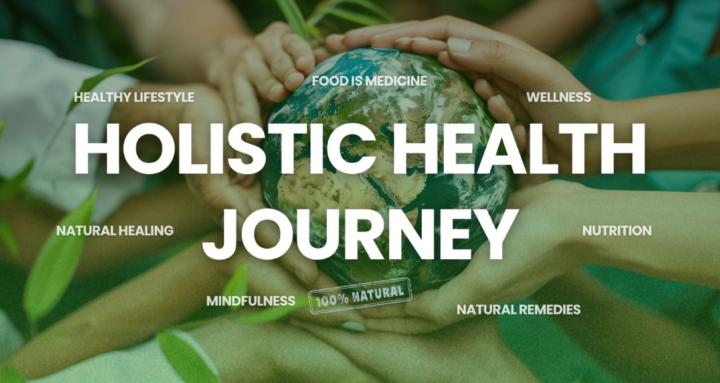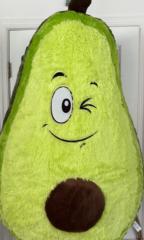
Write something
🌿 Kakadu Plum: The Vitamin C King of the Outback
Superfood Spotlight: Kakadu Plum Also known as gubinge or billygoat plum, this small, pale-green fruit grows across Northern Australia’s eucalyptus woodlands. Indigenous communities have used it for centuries to treat colds, flu, headaches, and even as a natural antiseptic balm. Modern science confirms its extraordinary nutritional profile. Why It’s Super (Science + Tradition): - 🍊 One of the world’s richest source of vitamin C — 100 grams of Kakadu plum provides over 3,000% of your daily needs. - 🧬 Antioxidant powerhouse — Contains ellagic acid, flavonols, anthocyanins, and lutein, with activity far beyond blueberries. - 🌿 Anti-inflammatory & antibacterial — Extracts may help reduce inflammation and inhibit harmful bacteria. - 💪 Nutrient-rich — High in fiber, copper, and iron, plus smaller amounts of magnesium, zinc, and calcium. - ✨ Skin & collagen support — Vitamin C aids collagen synthesis, wound healing, and radiant skin. 🍹 Kakadu Plum + Mango Glow Smoothie Ingredients: - 1 tsp Kakadu plum powder (or puree if available) - 1 cup fresh mango chunks - ½ banana - 1 cup coconut water - Optional: squeeze of lime Instructions: 1. Blend all ingredients until smooth. 2. Pour into a chilled glass. 3. Garnish with mint or lime zest. Flavor Notes: Tangy, citrusy, and tropical—like sunshine in a glass with a vitamin C kick. _________________________ ⚠️ A Note on Safety Kakadu plums are very high in both oxalates and vitamin C. While most people can safely enjoy them, individuals prone to kidney stones may need to limit intake. ________________________ 🛒 Where to Find It Amazon! Of course! (And sometimes specialty health shops or Aussie superfood brands if you’re feeling fancy.) Have you tried Kakadu plum—in smoothies, jams, or supplements? Did you notice a shift in energy, immunity, or skin glow? Share your Outback vitality story 🌿💬
1
0

Demon Chaser 🌼
Long before pharmacies and Prozac, monks in stone-walled monasteries tended a humble yellow flower in their gardens. They called it fuga daemonum — Latin for “demon chaser.” When villagers came burdened by despair, heavy moods, or what was thought to be possession, the monks brewed this blossom into tea. And something remarkable happened: the shadows lifted, spirits lightened. They believed they were driving out evil. In truth, they were easing depression. That flower was St. John’s Wort. For over two millennia, it’s been used to support mental and emotional health. Modern research confirms what the monks intuited: clinical trials show St. John’s Wort can be as effective as common antidepressants for mild to moderate depression — sometimes with fewer side effects. But here’s the twist most people miss: This “demon chaser” is powerful, and power comes with risk. - It revs up liver enzymes, flushing certain medications before they can do their job. - Birth control pills? Documented cases of reduced effectiveness. - Antidepressants? Dangerous serotonin overload if combined. - Blood thinners, heart meds, immunosuppressants — all can be disrupted. The monks were right: St. John’s Wort can ease the darkness. But modern wisdom reminds us: it must be used with care. ✨ Have you experienced the power of St. John’s Wort yourself? What other natural remedies or practices have helped you lift the fog of depression? Share your wisdom — your story might be the “demon chaser” someone else needs today.
4
0

🍏 3 Ayurveda Fruit Rules That Transform Digestion
Fruits aren’t just snacks—they’re digestive game-changers. Ayurveda lays down three golden rules that can turn your fruit habit from “meh” to “magic.” Ready to unlock the juice? 1️⃣ Eat It Alone or Leave It Alone - Fruits digest lightning-fast. Heavy foods crawl. - Mix them together → chaos: fermentation, bloating, burping, fatigue. 👉 Treat fruit like a solo superstar. Morning or mid-afternoon is prime time. 2️⃣ Chew Your Fruits, Don’t Drink Them - Chewing = saliva = smooth digestion. - Juicing = sugar bomb → glucose spikes, insulin stress, fatty liver risk. - Smoothies? They confuse digestion and feed the wrong gut bacteria. 👉 Bite, chew, savor. Your belly and brain will thank you. 3️⃣ Separate Your Fruits - Sweet fruits build tissues. - Astringent fruits tighten and tone. - Citrus fruits cleanse and refresh. Mix them all together? Digestion stalls, enzymes overload, energy dips. 👉 Keep fruit families together. Banana + mango = yes. Banana + orange = digestive drama. 🔥 Insights & Challenge Think of fruit as a race car—it’s built for speed. Put it behind a tractor (grains, dairy, meat), and it stalls. Respect its lane, and you’ll feel lighter, sharper, and more energized. 💡 Challenge: Try a “Fruit Solo Week.” - Eat fruits alone. - Chew them, don’t juice them. - Keep families separate. 🎯 Share your favorite fruit ritual below 👇. Which rule made the biggest difference for you?

🍒 Lingonberries: The Nordic Berries That Defend and Delight
Superfood Spotlight: Lingonberries Native to Scandinavia and the Arctic tundra, lingonberries have been a staple in Nordic diets for centuries. Traditionally served alongside savory dishes like meatballs or game, these tart red berries are more than just a condiment—they’re loaded with antioxidants and compounds that support urinary tract health, immunity, and longevity. Why They’re Super: - 🧬 Antioxidant-rich — Packed with polyphenols and flavonoids that protect cells from oxidative stress - 🩺 Urinary tract support — Similar to cranberries, they help prevent infections and support bladder health - ❤️ Heart & metabolic ally — May improve cholesterol balance and regulate blood sugar - 🌿 Anti-inflammatory — Reduces systemic inflammation and supports joint comfort - ✨ Skin & gut glow — High in fiber and vitamin C for digestion and radiant skin 🥤 Lingonberry + Apple Immunity Jam A tangy, immune-boosting spread that’s perfect on toast, yogurt, or oatmeal. Ingredients: - 1 cup fresh or frozen lingonberries - 1 apple, diced - 2 tbsp honey or maple syrup - ½ tsp cinnamon - Splash of lemon juice Instructions: 1. Simmer lingonberries and apple with a splash of water until softened. 2. Mash lightly and stir in honey, cinnamon, and lemon. 3. Cool and store in a jar. Flavor Notes: Tart, tangy, and lightly sweet—like cranberry meets apple with a Nordic twist. Have you tried lingonberries—in jams, sauces, or smoothies?🍒💬

🧁 Preservatives in Everything: What’s Wrong With This Picture?
Let’s talk additives… 👉 In the U.S., there are well over 3,000 additives approved for use. 👉 In the EU, only 300–400 additives are permitted. That’s nearly a 10x difference. Something doesn’t add up. ✈️ Someone recently shared this: They spent two weeks in Europe, walking 10k–25k steps a day. Here’s the surprising part: they ate twice as much food as usual… and still lost weight. Back in North America, people often report the opposite: - Weight gain - Bloating - Gut issues …even when eating the same foods. 💡 So here’s the question for our community: Is it the preservatives? The additives? The way food is processed? Or something deeper in how our food system is designed? 🔥 Let’s bust some myths together: - Do preservatives really “keep us safe”? - Or are they quietly reshaping our guts and waistlines? - What changes have you noticed when eating abroad vs. at home? 💬 Drop your thoughts below. This isn’t just about cupcakes—it’s about the bigger picture of how food culture impacts our health.
1-30 of 335

skool.com/mylera-wellness-8191
🌿 Unlock smarter wellness with MyLera—heal with food, dive into lessons & energize your journey with vibrant community discussions. Earn Rewards! 💚
Powered by





